You must be logged in to post a review.
dire wolf (Canis dirus) 6 different poses, kit
€15.00 – €75.00
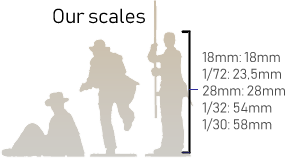
- Measured from top of base to top of head
- Want size a little different? No problem, please write below!
- Need entirely other scale? Please mail us!
If the picture of the figure shows a base, then the figure will come with a base unless you request otherwise. If no base is shown in the picture, then you will need to request a base on the figure if you would like one.
The dire wolf (Canis dirus) was a large, prehistoric predator that lived in North America during the Pleistocene epoch, around 1.8 million to 11,000 years ago. It was a member of the Canidae family, which includes modern wolves and domestic dogs, and is one of the largest wolves that ever lived.
Fun facts:
- Dire wolves were significantly larger than modern gray wolves, weighing up to 150 pounds, and had a broader, more robust skull and teeth.
- They lived during the last Ice Age and were well-adapted to the harsh, cold environments of North America.
- Dire wolves were apex predators and likely hunted in packs, preying on large mammals such as bison, horses, and camels.
- Fossils of dire wolves have been found in many locations across North America, providing important evidence for the distribution and evolution of this species.
- They went extinct around 11,000 years ago, and the exact cause of their extinction is unknown, although some theories suggest that climate change, competition with other predator species, or the overhunting of their prey may have played a role.
Artist: José Jorge Pereiro. For larger scales, print will be in parts.
This is a high quality miniature 3D printed by Speira Miniatures in Sweden.
You can paint it as any normal miniature, no need to wash it beforehand. It is delivered unpainted.
Usable for dioarama, wargaming or tabletop role-playing games, such as Dungeon and Dragons, Warhammer, Pathfinder and so on. Also great as decor in your home if you order the large scales. We can always transform any model into a bust if you like, please contact us.
Due to the inherit nature of 3D printing the miniatures might contain imperfections and could require additional cleanup where the support have been; use sand paper or green putty for example. Print layers will sometimes be visable.
3D resin is brittle, even if we use a mixture than makes it more flexible. However it cannot be compared with the normal plastic that is used for example Warhammer, Marx or Conte miniatures. Handle the 3D prints with care, a fall can break them. Glue info here.
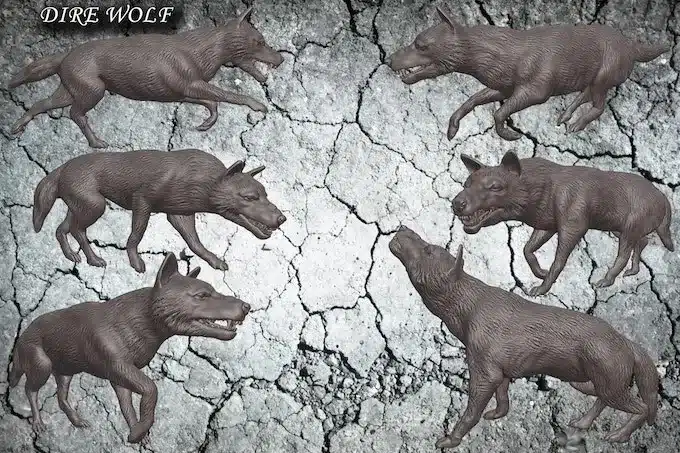





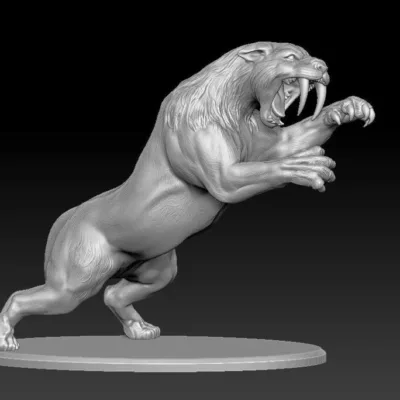
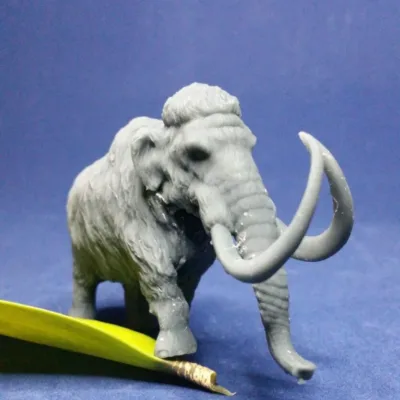

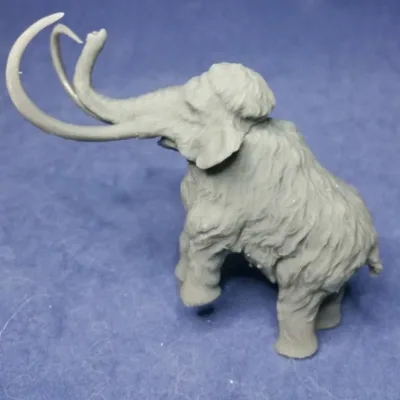
Reviews
There are no reviews yet.